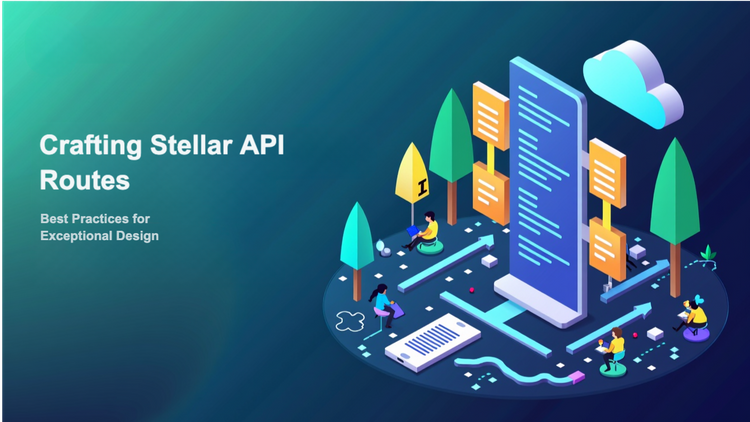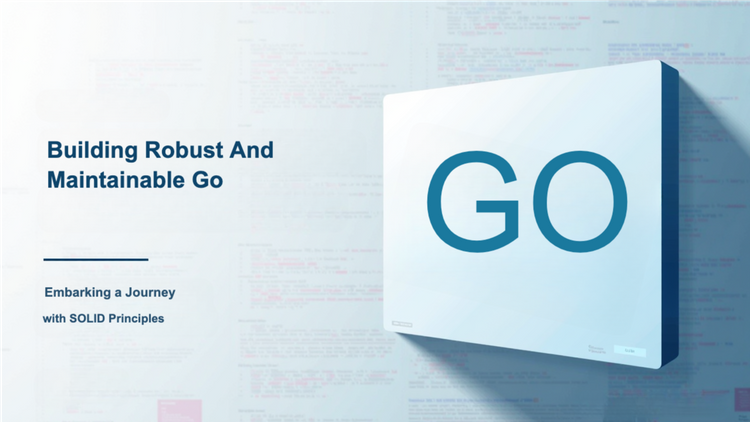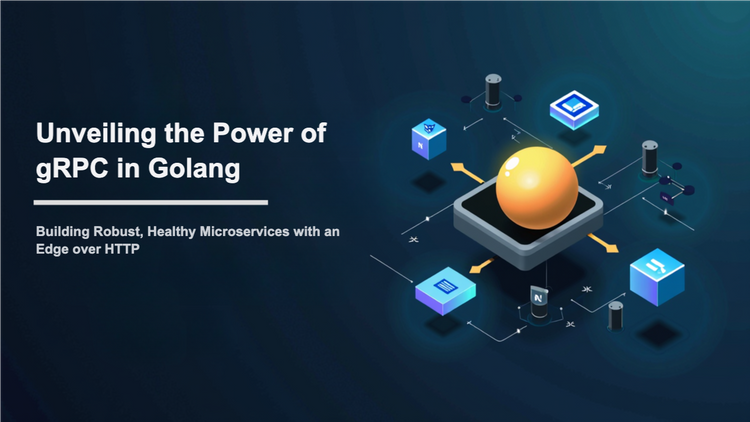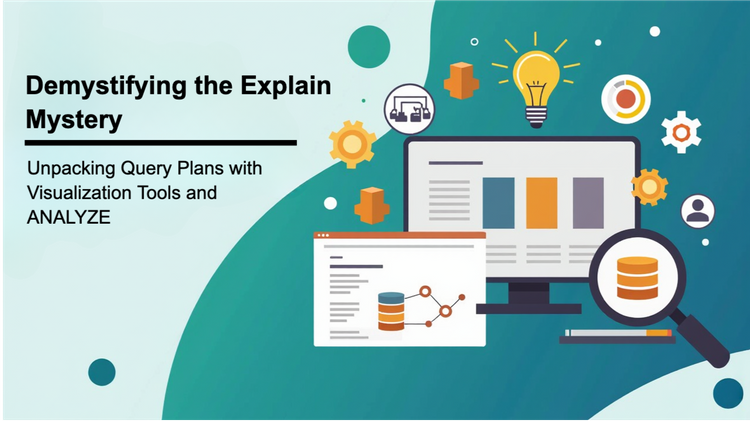Unleashing the Power of GraphQL with Golang
GraphQL, without a doubt, has emerged as a truly transformative force in the constantly evolving API development landscape. It grants developers the remarkable ability to create data retrieval interfaces that are not only flexible but also incredibly efficient. And when it comes to harnessing the full power of GraphQL, there is no denying that Golang stands tall as an ideal platform of choice. With its unmatched versatility and high-performance capabilities, Golang provides developers with an outstanding foundation to build robust and scalable GraphQL APIs that truly push the boundaries of what is possible.
GraphQL: A Paradigm Shift in Data Fetching
GraphQL is a game-changer when it comes to data fetching. It breaks free from the limitations of REST APIs by giving clients the power to define their specific data needs. Say goodbye to wasting resources on fetching too much or too little data. With GraphQL's declarative query language, clients can easily construct intricate requests that precisely outline the fields and relationships they require.
Golang: A Robust Foundation for GraphQL Development
Golang offers a strong base for developing GraphQL applications, thanks to its exceptional performance, concurrency support, and type safety features. Its streamlined syntax, extensive standard library, and thriving open-source community make it a compelling option for web development.
Building GraphQL APIs with Golang
There are multiple tools and libraries available for creating GraphQL APIs in Golang. One highly regarded option is graphql-go, a robust GraphQL framework that offers a complete toolkit for constructing GraphQL servers and resolvers. It's a popular choice among developers in the Golang community.
Key Features of graphql-go
graphql-go provides a wide range of features that effectively simplify the development of GraphQL in Golang.
- Schema Definition Language (SDL): A declarative schema definition language is provided to define GraphQL schema structures.
- Type System: Data enforced type safety guarantees adherence to the defined schema, ensuring data conformity.
- Resolver Generation: Auto-generating resolvers based on schema definitions is a valuable feature that significantly reduces the need for boilerplate code.
- Context Handling: Context propagation is an essential feature that allows the seamless sharing of data across various resolvers. This ensures efficient communication and accessibility to relevant information throughout the process.
- Error Handling: This tool offers error handling mechanisms that allow for the graceful handling of errors.
Creating a GraphQL API with graphql-go
Follow these steps to create a GraphQL API using graphql-go:
- Install graphql-go: Install the graphql-go package using the go get command:
go get github.com/graphql-go/graphql 2. Define GraphQL Schema: To define the GraphQL schema using SDL, you need to specify types, fields, and relationships. This will help structure your data and determine how it can be queried.
3. Create Resolvers: Don't forget to implement resolvers for every type and field. These resolvers are crucial as they handle all data fetching and manipulation tasks.
4. Initialize GraphQL Server: To create a GraphQL server instance, simply call the NewServer function provided by graphql-go.
5. Start GraphQL Server: Please initiate the startup of the GraphQL server in order to effectively manage all incoming GraphQL requests.
Benefits of Using GraphQL with Golang
Adopting GraphQL for Golang development offers several advantages:
- Flexible Data Fetching: Clients have the power to precisely define their data requirements, eliminating any unnecessary retrieval or lack of fetched data.
- Reduced Network Traffic: Our system efficiently retrieves only the data that is requested, thus optimizing network usage.
- Enhanced Developer Experience: GraphQL's declarative query language simplifies the development of APIs. It provides a straightforward and efficient approach to retrieve the exact data you need, making API development much easier.
- Type Safety: The type system in Golang guarantees data integrity.
- Scalability: Golang's exceptional performance and robust concurrency support make it ideal for developing scalable GraphQL applications.
Conclusion
Developers have the immense opportunity to harness the exceptional power of GraphQL with Golang's robust and unparalleled capabilities. With this dynamic combination, they can effortlessly create highly performant, flexible, and effortlessly maintainable GraphQL APIs that will revolutionize the future of API development. By adopting GraphQL in Golang, developers can optimize data retrieval efficiency to unparalleled levels while ensuring a seamless user experience with enhanced control over data consumption. This game-changing duo is set to redefine the landscape of API development for good.





